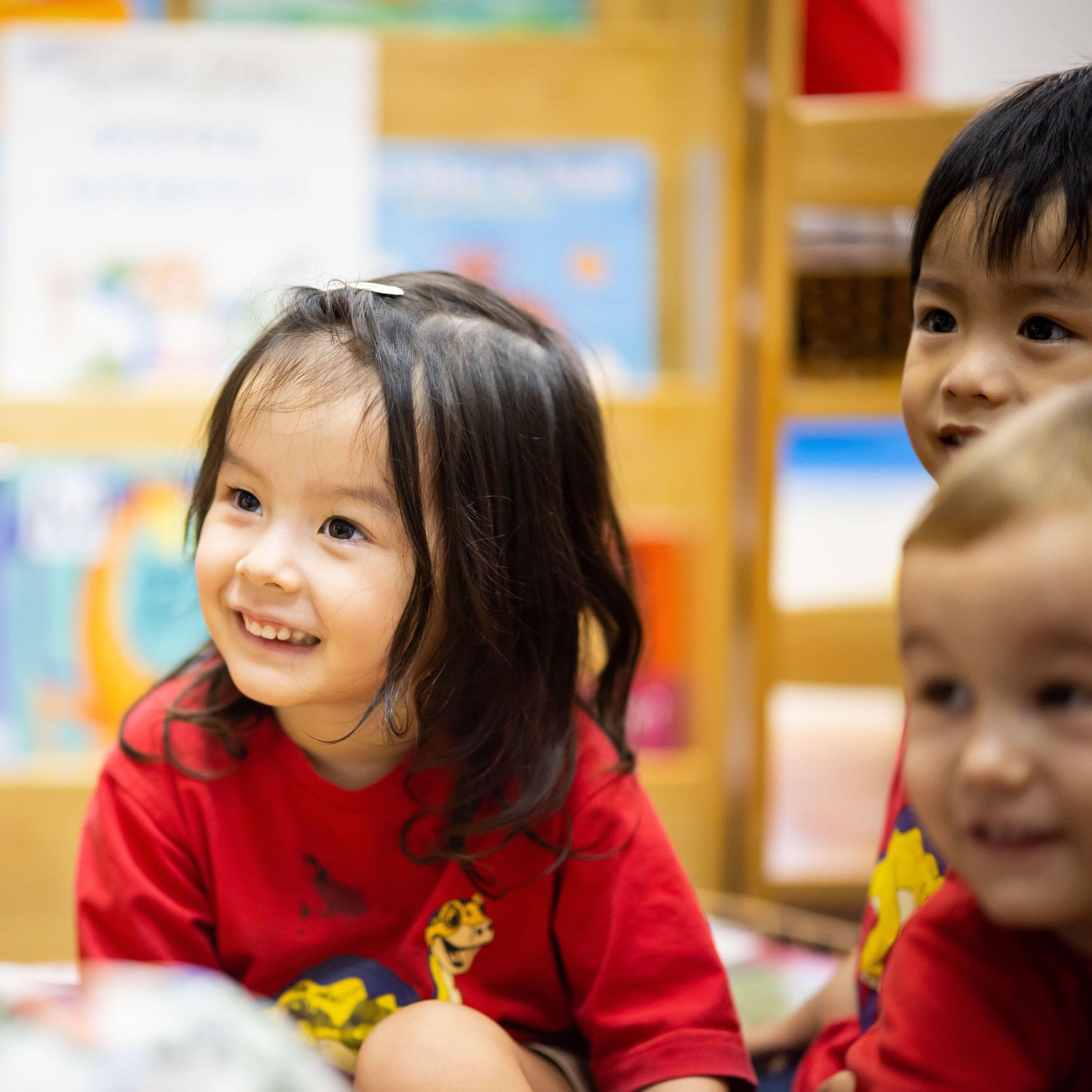We use cookies to improve your online experiences. To learn more and choose your cookies options, please refer to our cookie policy.
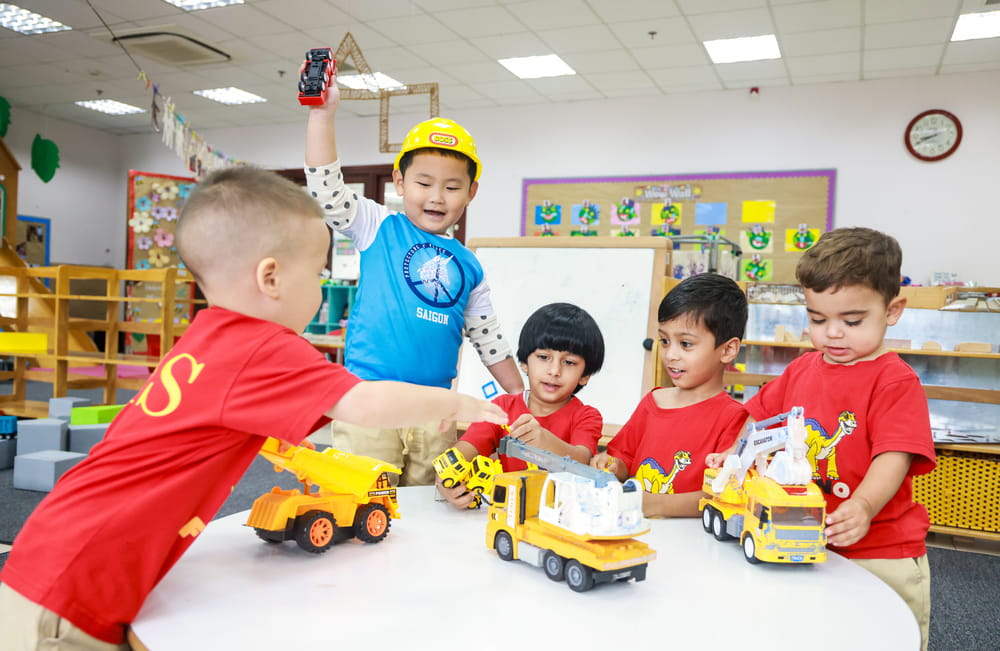
Step into any Early Years classroom and you’ll discover more than just tables, chairs, and shelves of toys. At the British International School (BIS) Hanoi, our youngest learners are welcomed into carefully designed play zones. These are the spaces that encourage them to explore, imagine, create, and move with purpose.
Dividing the classroom into play zones is more than organisation. It transforms play into meaningful learning experiences, giving children opportunities to concentrate deeply, make choices independently, and engage in activities that nurture different areas of their development.
Children flourish in environments that balance freedom with structure. Clearly defined play zones help them understand where specific activities take place, allowing them to settle quickly and focus on one type of play at a time.
For educators, these zones provide valuable opportunities to observe, extend learning, and guide children’s discoveries. For students, play becomes more purposeful, enjoyable, and rewarding.
1. Messy Zone: creativity unleashed
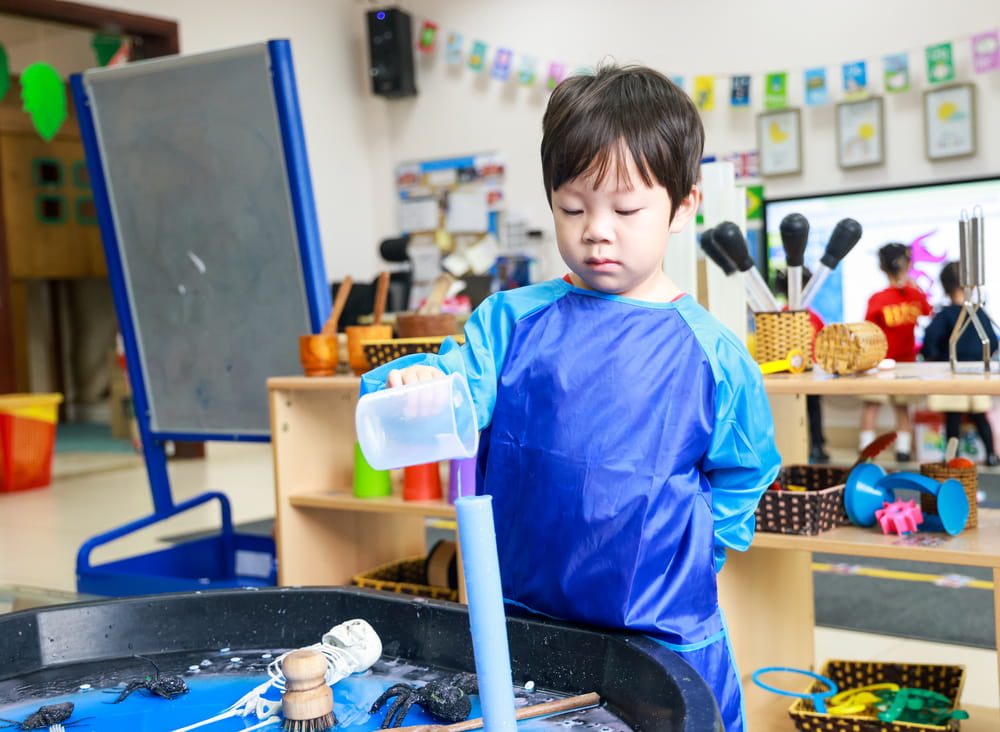
Here, exploration has no limits. Children paint, mix a variety of resources, or experiment with water and sand. These activities are not just “messy fun”. They help children to develop fine motor skills, encourage problem-solving, and ignite creative thinking. A splash of paint or a handful of collage materials becomes a canvas for imagination and expression.
2. Home Zone: role-play with purpose
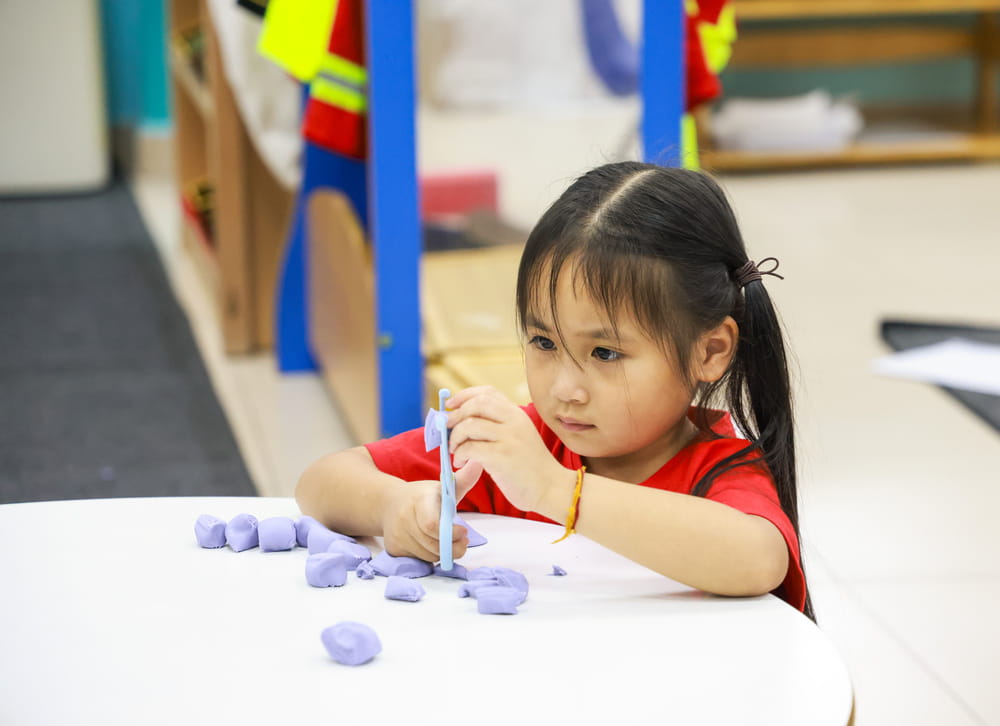
Role-play is one of the most powerful ways for young children to make sense of the world around them. In the Home Zone, children use loose parts and open-ended resources to cook in toy kitchens, care for dolls, and act out familiar routines. These experiences nurture language development, cooperation, and empathy. Through imaginative play, children learn to understand relationships, take on different perspectives, and practise every day social skills.
3. Movement Zone: energy in action
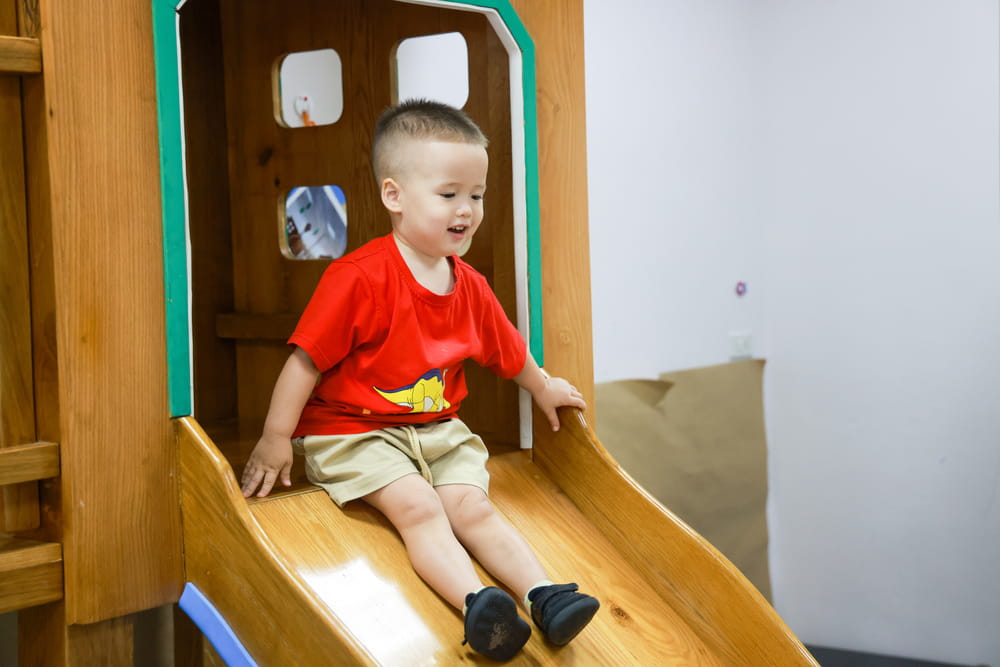
Early childhood is full of energy, and the Movement Zone channels it into productive play. Activities such as climbing, dancing, jumping, and balancing on play equipment help children develop gross motor skills, coordination, and balance. More importantly, they build confidence in their bodies and discover the joy of movement.
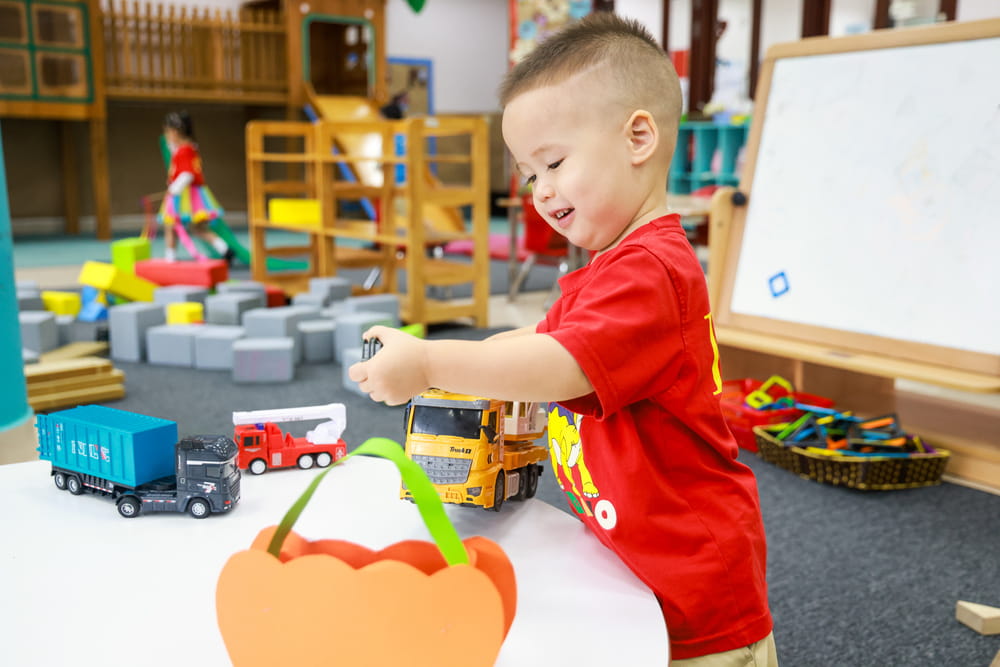
When play is organised into zones, children don’t just play—they play with intent. They understand the purpose of each space, make independent decisions about how they want to learn, and immerse themselves more deeply in their chosen activities. At the same time, our teachers connect these moments of play to broader learning goals, supporting children’s creativity, social development, and physical growth.
At BIS Hanoi, we believe that play is the foundation of lifelong learning. By creating purposeful play zones, we offer our youngest students a structured yet liberating environment to explore, discover, and grow.
Every splash of paint, every pretend meal, every jump or dance step becomes part of a bigger journey where curiosity leads the way, and learning feels like play.
Sparking curiosity and creativity, our play-based Early Years Foundation Stage (EYFS) curriculum nurtures our youngest learners’ all-round growth.
Learn more